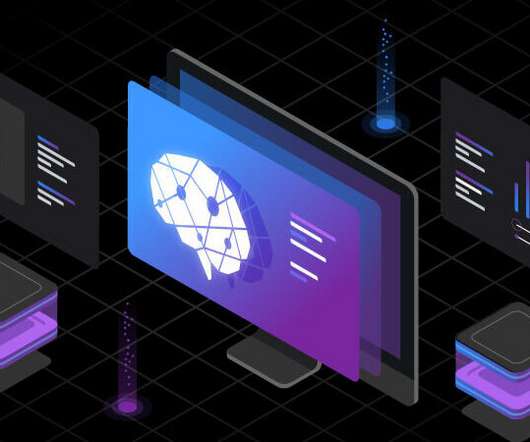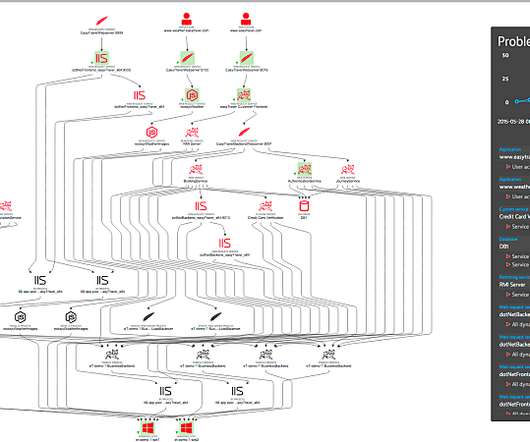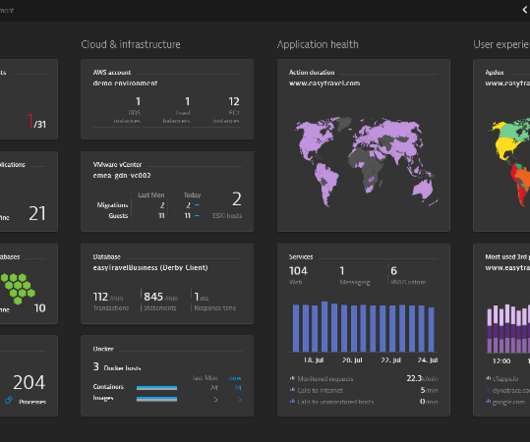Fortifying Networks: Unlocking the Power of ML, AI, and DL for Anomaly Detection
DZone
JULY 11, 2023
Artificial Intelligence: Definition and Practical Applications Artificial intelligence (AI) refers to the development of computer systems that can perform tasks that typically require human intelligence. The uses of artificial intelligence are vast and continue to expand across various industries.




















Let's personalize your content